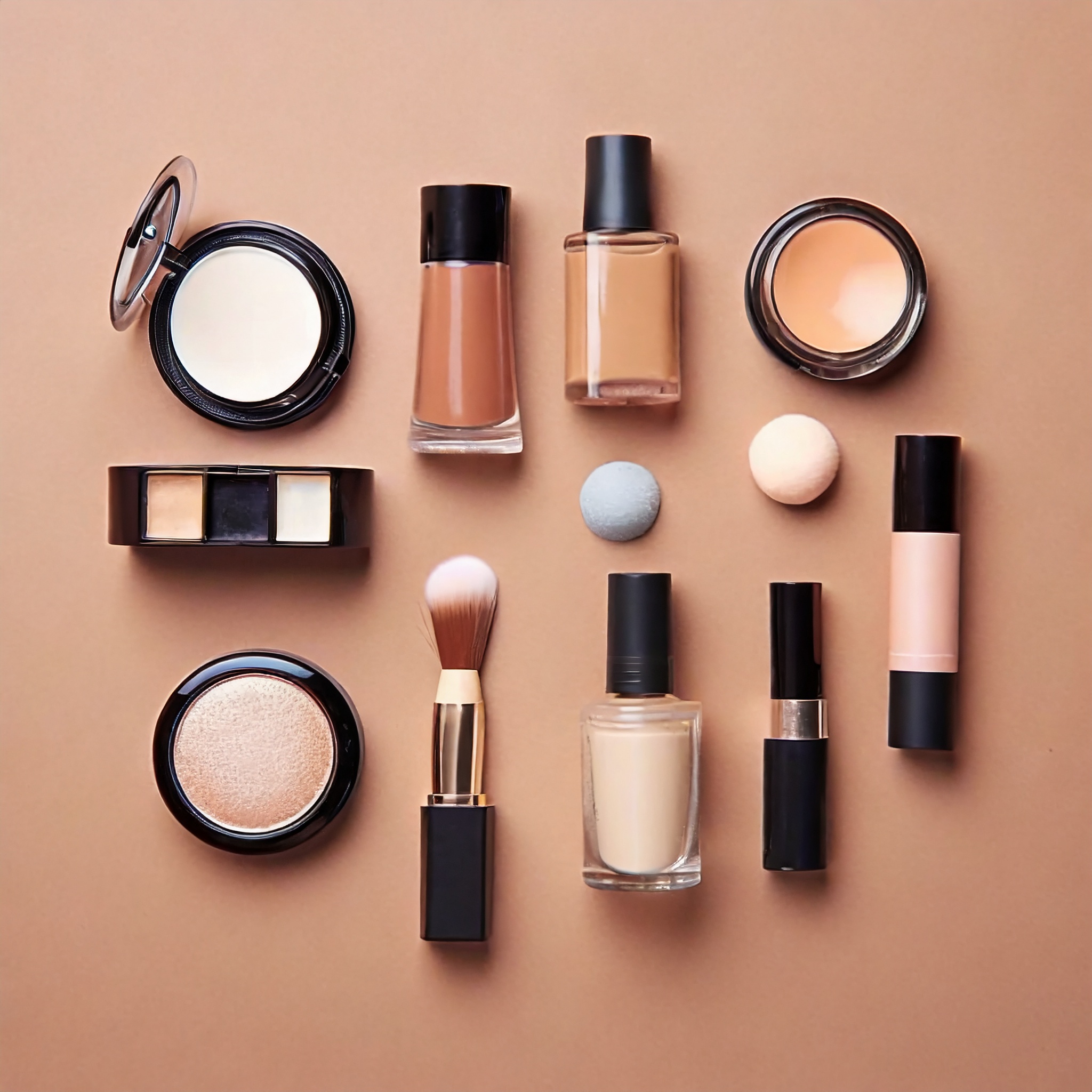
Food and cosmetics
Food and cosmetic additives are intentionally added substances to enhance organoleptic characteristics, preservation, texture, color, or other specific properties of products. In food, these substances include sweeteners, preservatives, colorants, emulsifiers, stabilizers, and flavor enhancers. They are regulated to ensure safety and proper use. In cosmetics, additives improve texture, smell, stability, or aesthetic properties, such as emollients, thickeners, preservatives, foaming agents, and fragrances. Cosmetics are also subject to strict regulations to guarantee their safe use. Concerns exist about certain additives, including worries about allergic reactions and long-term effects. The industry is exploring more natural additives in response to the growing demand for cleaner products. Increased transparency in labeling informs consumers about the composition and origin of additives.
